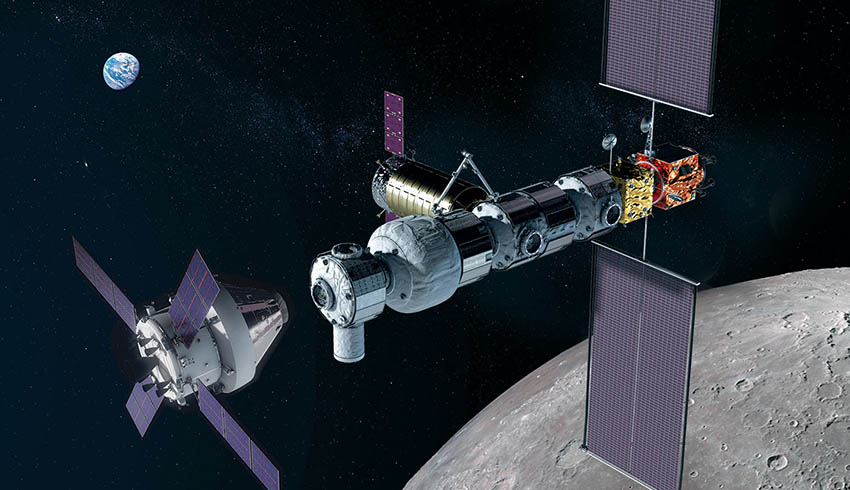Bridenstine nominated this figure in an interview with CNN earlier this month, prompting commentary that this was at best a preliminary estimate and the real costs could be much higher.
That works out to an additional US$4-6 billion per year to NASA through to 2024, on top of the agency’s current budget of US$20 billion per year.
NASA originally planned to return to the moon by 2028, so an accelerated program means it will need additional funding for key elements, including the Space Launch System (SLS) rocket, Orion crew vehicles, moon lander and the Gateway staging post in orbit around the moon.
NASA has named this mission Artemis, the twin sister of Apollo and goddess of the moon in Greek mythology.
NASA has so far just US$1.6 billion in additional Artemis funding for FY2020, most for work on the lunar lander and the rest on SLS.
Officials from companies involved in Artemis were quizzed about the likely costs during a panel discussion in Washington this week organised by the Space Transportation Association, saying Bridenstine’s overall cost estimate appeared to be reasonable.
Tony Antonelli, mission director at Lockheed Martin for the second Orion flight, said phasing of the funding was important.
“We didn’t follow the optimum funding phasing profile through development, so it took us longer and probably cost more to get to here,” he said, according to a report on SpaceNews.
“But we’re here now, so we can get to this production phase.”
Aerojet Rocketdyne VP for strategy and business development Frank Slazer said many major elements of Artemis, including SLS, Orion and the lunar Gateway, are already included in earlier cost projections, but not the lander.
That would likely require most of that additional funding Bridenstine estimated was needed, he said.
According to a recent Planetary Society study, development of the lander used in the Apollo moon landing program cost around US$30 billion in 2019 dollars.
“So that’s probably about right if you want to think about developing a lander capability,” Slazer said.
Considering the US’ geostrategic imperative to get to the moon ahead of the Soviets, cost appears to have been no object.
The recently released study of the cost of the “one giant leap” by the Planetary Society noted the discrepancies in official estimates, but concluded the total cost was US$25.8 billion in then-year dollars.
Adjusting for inflation, that comes to a more jaw dropping US$288 billion in current years dollars. That includes the cost of the Gemini program, the essential forerunner to Apollo.
“To date, the White House has proposed an additional $1.6 billion for Project Artemis, on top of the $5 billion spent annually on the Space Launch System, Orion, and related ground systems,” said report author Casey Dreier, the Planetary Society’s chief advocate and senior space policy adviser.
“Compared to Apollo, this is a relatively modest investment. Looking forward, we should expect significant increases in spending associated with an accelerated lunar effort or adjust our expectations accordingly.”

